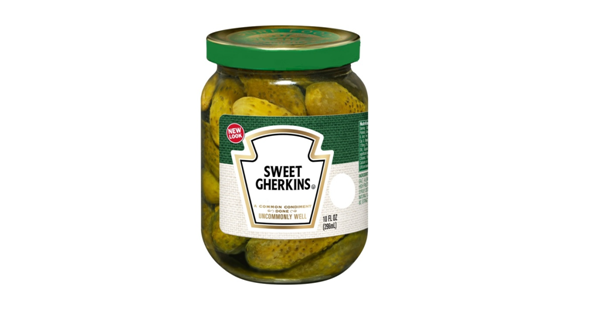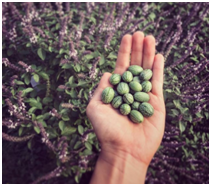Gherkins Processing
The shelf life of the gherkin can be enhanced by pasteurizing.”
What are Gherkins?
Often confused with pickled cucumber, gherkins belong to the Melothria, a genus entirely different from Cucumis. The gherkin has no flavour from itself and has to be flavoured. It is pickled in jars or cans with vinegar (often flavored with herbs, particularly dill; hence, “dill pickle”) or brine. The gherkin’s shelf life can be extended by pasteurizing in glass or cans.

Gherkin, often confused with pickled cucumber:
01. Belongs to Melothria genus
02. Does not have its own flavour
03. are indigenous to warm regions
India has today emerged as the origin of the finest gherkin cultivation, processing and exporters to the every-growing world requirement. According to APEDA, India exported 180820.87 MT of Cucumber & Gherkins, worth Rs. 942.72 crores/ 141.02 USD Millions during the year 2016-17 with major destinations being USA, Belgium, Russia, France, and Spain.
Initially, processed gherkins were exported in bulk packing and since 2001 gherkins are being exported in “Ready-to-eat Jars”. Gherkin industry in India is today fully oriented and its exports are mainly of two categories:
- Provisionally Preserved (preserved in vinegar/ acetic acid and brine) – They are exported in food grade HDPE drums and are later repacked by importers into smaller consumer packs.
- Preserved in Vinegar – They are ready to eat gherkins, packed in smaller packs of jars and cans.
“When the gherkins are put in tanks with about 6% brine to ferment, the salt slows down the growth of undesirable micro-organisms. It also triggers the cells to release their moisture and stimulates the growth of lactic acid bacteria.”
Processing into sweet sour pickles

When there is excess supply of gherkins, they are fermented to prolong shelf life. To process the gherkin into salted pickles, follow the steps given below:
1. Wash the gherkins
2. Puncture a number of holes into the gherkins to ensure that the salt is absorbed quickly into the pickle
3. Put them into tanks with about 6% brine for fermentation
4. Let it ferment for 4-6 weeks
5. The temporary salted pickles are de-salted; they are further processed into sour pickles.
Key points for processing gherkins:
- The machinery and equipment must be thoroughly cleanedand disinfected before use.
- The washing off of the salt has to be done at a low temperature and with clean water.
- Pasteurization, after packaging, should be done to kill off any vegetative cells.
-
Application
Gherkins are generally used:

- In Salads
- In Cocktail recipes
- As an accompaniment with sandwiches, hotdogs and burgers
- As desserts, when soaked in sugar syrup
- They can also be sautéd with oil and garlic and served as vegetable.

